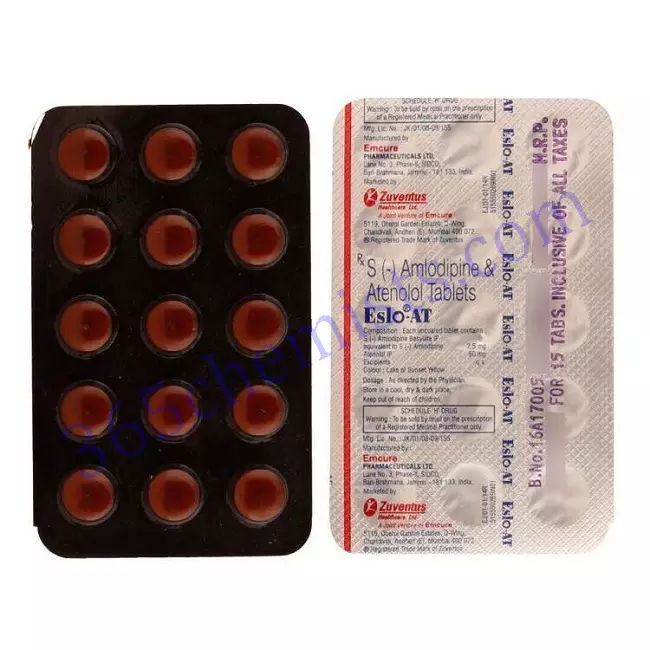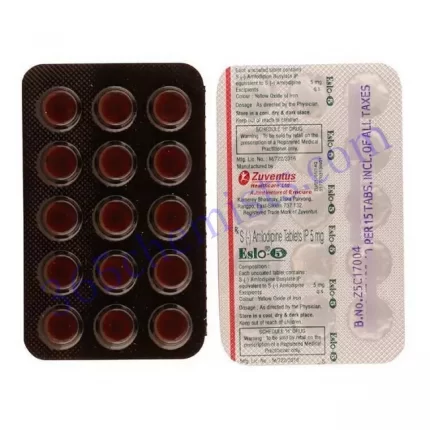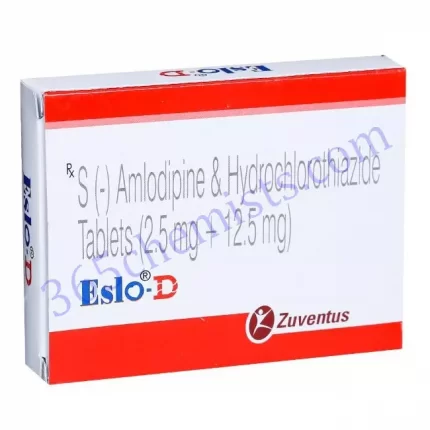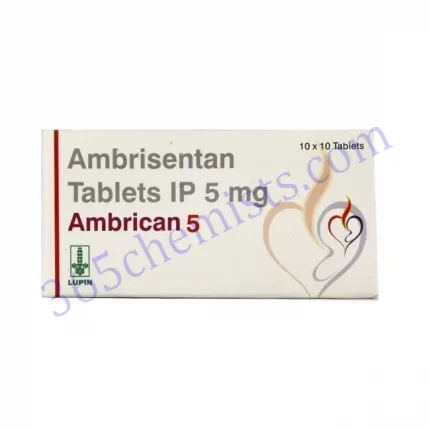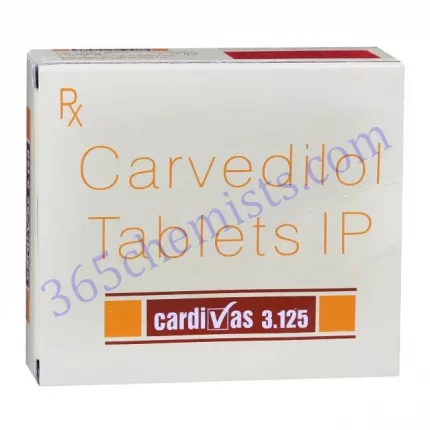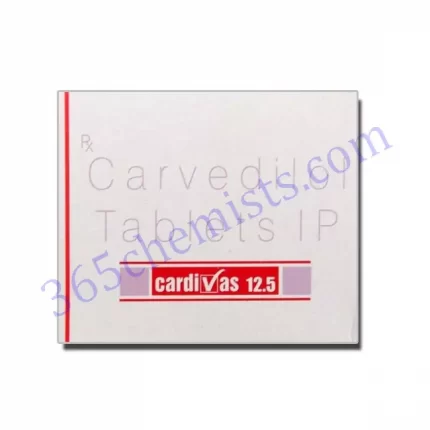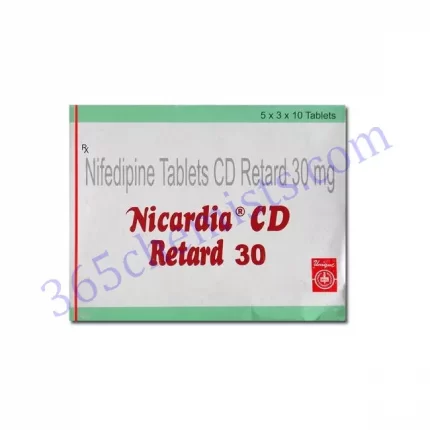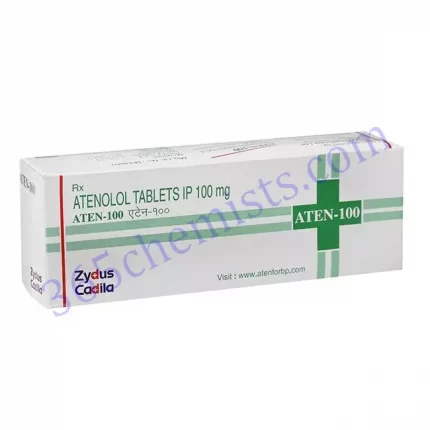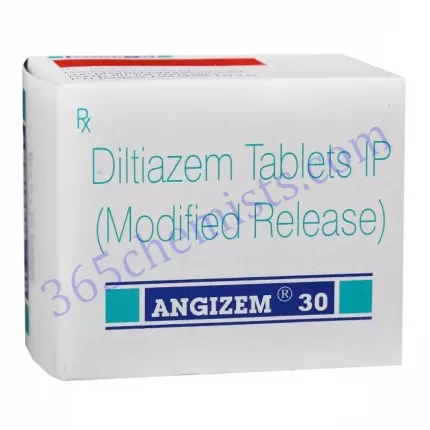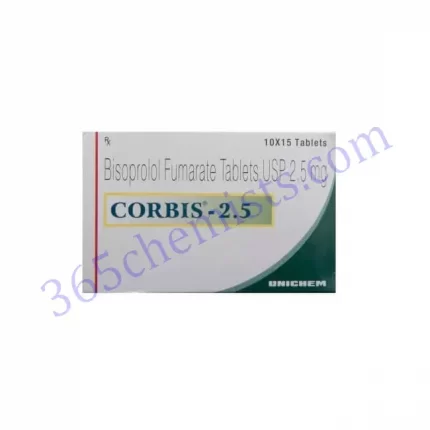Eslo-AT Tablet: A Comprehensive Guide to Amlodipine 2.5mg/Atenolol 50mg
The active components of the medication known as Eslo-AT Tablet are the combination of the active pharmaceutical substances amlodipine and atenolol. Both amlodipine and atenolol are classified as calcium channel blockers; however, atenolol is also a beta-blocker. The treatment of hypertension (also known as high blood pressure) and some cardiac diseases can be improved with the use of a combination medicine that has a synergistic effect. In this in-depth tutorial, we will investigate the most important aspects of Eslo-AT Tablet, such as its applications, recommended dosage, possible adverse effects, and other important safety considerations.
Understanding Amlodipine and Atenolol
Calcium channel blockers are the type of medication that amlodipine, one of the active ingredients in Eslo-AT Tablet, belongs to. The blood arteries are made to relax, which results in an increase in blood flow and a decrease in blood pressure. The other active component is called atenolol, and it is a beta-blocker. This means that it inhibits the function of certain hormones in the body, such as adrenaline, and as a result, it lowers both the heart rate and the blood pressure. The use of both of these drugs together offers a two-pronged strategy for bringing under control elevated blood pressure levels.
Uses of Eslo-AT Tablet
The most common indication for the use of Eslo-AT Tablet is in the treatment of hypertension. It helps lower blood pressure and reduces the risk of cardiovascular problems by combining two types of blood pressure medication: a calcium channel blocker and a beta-blocker. When individuals require dual-action drugs to achieve optimal blood pressure control, the Eslo-AT Tablet is frequently indicated as the prescription of choice.
Dosage and Administration
It is best to have a qualified medical practitioner establish the appropriate dosage of Eslo-AT Tablet for each patient, taking into account unique aspects such as the severity of their hypertension and how well they respond to treatment. The tablet should be taken once daily, either with food or on an empty stomach. It is essential to take the medication exactly as directed by the doctor and not to exceed the amount that is indicated.
Related Product
Eslo 2.5 Tablet
Eslo 5 Tablet
Eslo Tan Tablet
Eslo-D Tablet
Eslo-Met 2.5 Tablet
Eslo-Met 5 Tablet
Eslo-Tel 5mg Tablet
Eslo-Tel 2.5mg Tablet
Eslo-AT Tablet
Common Side Effects
Although the Eslo-AT Tablet is generally well accepted, there is a possibility that it could cause specific adverse effects in some people. Dizziness, weariness, headaches, slow heartbeats, low blood pressure, and gastrointestinal problems are typical adverse reactions that might occur when taking some medications. These adverse effects are typically modest and fleeting, and they have a high propensity to go away on their own without the need for any intervention from a medical professional. However, it is recommended that you speak with a medical expert in the event that any of these side effects continue or become worse.
Less Common Side Effects
Eslo-AT Tablet may, in extremely unusual circumstances, create more serious adverse effects. Alterations in mental state or mood, shortness of breath, swelling of the hands or feet, and other symptoms may all be indications that there is a problem with the liver. In the event that any of these symptoms manifest themselves, it is imperative that prompt medical assistance be sought. Before beginning treatment with Eslo-AT Tablet, it is essential to inform the healthcare practitioner about any other medications that you are now taking as well as any preexisting medical conditions. This will help prevent any potential adverse drug interactions or consequences.
Precautions and Warnings
While utilising the Eslo-AT Tablet, there are a few safety measures that should be observed. It is imperative that any known allergies be communicated to the healthcare professional, particularly those to calcium channel blockers or beta-blockers. There is a possibility of an interaction between Eslo-AT Tablet and other medications, such as those used to treat cardiac diseases, antidepressants, and other medications that lower blood pressure. Because of this, it is extremely important to disclose to the healthcare professional all of the medications that are being taken. It is typically not advised to take Eslo-AT Tablet while pregnant or breastfeeding unless specifically directed to do so by a qualified medical expert.
Transition Words for Better Coherence
It is possible to increase the use of transition words, which will result in improvements to the text’s coherence and flow. Ideas can be more easily connected through the use of transition words, which also help give a logical development and make the text easier to read. Several examples of transition words that are used frequently include “moreover,” “furthermore,” “however,” “consequently,” “in addition,” and “on the other hand.”
Conclusion
The Eslo-AT Tablet is an effective drug for the management of hypertension since it combines amlodipine (2.5 milligrammes) and atenolol (50 milligrammes). It provides a dual-action approach to blood pressure control by combining a calcium channel blocker and a beta-blocker. This strategy reduces the risk of cardiovascular problems and makes it possible to control blood pressure more effectively. It is essential to take the medication exactly as directed, keeping a close eye out for any possible adverse effects, and discussing any worries with a qualified medical practitioner. Because Amlodipine and Atenolol work together to produce a synergistic effect, the Eslo-AT Tablet is a useful therapy option for persons who need to maintain optimal management of their blood pressure. Individuals can maximise the efficacy of the Eslo-AT Tablet and enhance their overall cardiovascular health if they get an understanding of the benefits, essential considerations, and changes they can make to their lifestyle. Patients can obtain better control of their blood pressure and lower the risk of complications associated with hypertension by working closely with the experts who care for them in the healthcare setting.

